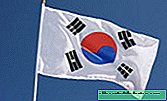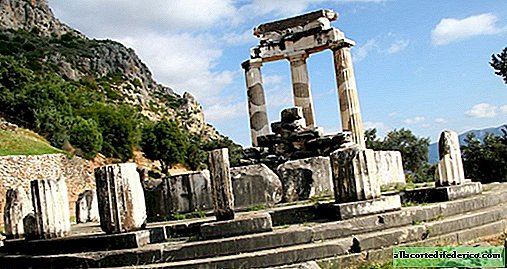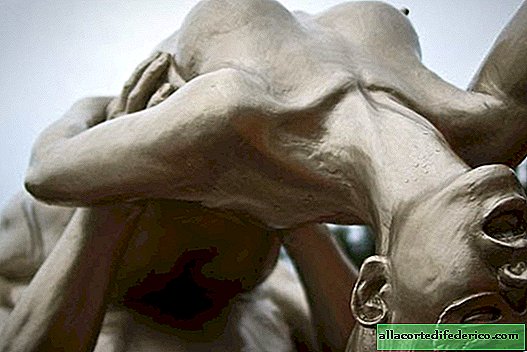Deep meaning: what do the emblems and hexagrams on the flag of South Korea mean
The flag of South Korea can be called one of the most ambiguous and even mysterious when compared with other flags of different countries of the world. If most states limited themselves to a tricolor with the addition of a coat of arms or a single symbol on its background, then the Republic of Korea, which is the official name of the state called South Korea, has a whole set of emblems and symbols on the flag that most of us do not understand. Meanwhile, this flag is deeply symbolic and filled with Eastern philosophy. The proximity of China has greatly influenced many aspects of Korean history and the formation of traditions, therefore, in the flag of this country you can see many symbols that refer to Chinese philosophy and Taoism.

To begin with, the flag, like the state itself, is quite young and was officially approved in that form in 1948, after after the end of World War II, united Korea was divided into two separate countries. But at the same time, the modern South Korean flag is very similar to the more ancient flag of the Korean Empire, which existed even before the conquest of the country by Japan and looked like this.
 Flag of korean empire
Flag of korean empireAs you can see, the main elements of the flag are very similar. The white panel, against which the other elements of this mysterious flag are laid out, is the national color of the Republic of Korea. In the Asian tradition, it symbolizes purity and peacefulness. In the center of the flag is a circle consisting of equal parts of red and white. This is a symbol of the Great Beginnings, or Yin and Yang. It reflects the view of Taoism, Chinese philosophical doctrine, on the Universe as a whole. This circle also symbolizes the unity of male and female principles, is an expression of perfection and harmony.

Around this symbol are trigrams from the book "I Ching" - the oldest Chinese philosophical text, which is more than 2000 years old. In Western historiography, this work is known as the Book of Changes. Its main purpose is to predict the future with the help of hexagrams, which are composed of trigrams by random fortune telling. Although the additional meaning of this book is not ruled out, as modern mathematicians show great interest in this work in attempts to identify patterns in the arrangement of trigrams. Trigrams, in turn, are the embodiment of the fundamental principles of being.

Just four trigrams and are located on the South Korean flag, which should be read clockwise. Each trigram has its own name and is the personification of a certain time of the year, the side of the world and the elements in Eastern philosophy.


















